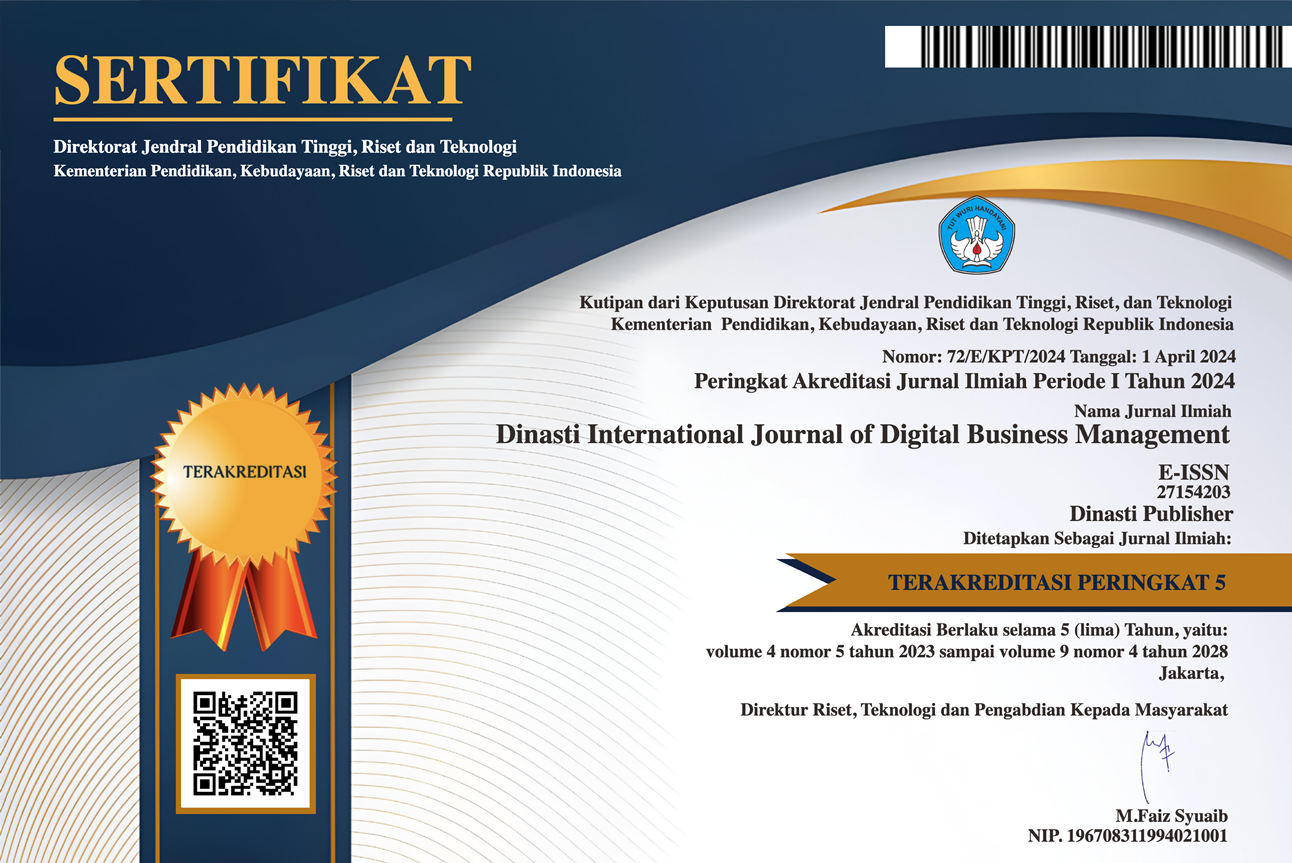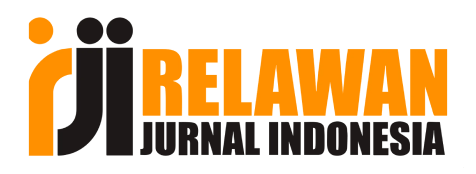The Role of Employer Branding and Work Motivation to Create Employee Engagement at XYZ University
DOI:
https://doi.org/10.38035/dijdbm.v5i5.3325Keywords:
Employee Engagement, Employer Branding, Work MotivationAbstract
The strategic role of human resources can give an organisation strength in realising its business goals. One of the organisational strengths of human resource management is employee engagement. Gallup Organisation likens employee engagement as a positive emotional bond that employees have and the commitment that employees have (Gallup, 2013). The company must have a good strategy so that employees have a good commitment to the company and the intention to leave will be reduced. Employer Branding is a strategy or company to create a pleasant work environment, positive and competitive behaviour, good teamwork, a good reward system, good organisational governance, and a culture of learning and adequate training, with this, employees will be proud to work because the company is cared for, therefore employees will improve performance for the better and be comfortable at work so as to reduce the intensity of employees to leave the company voluntarily. XYZ University with new management and ownership changes has a management strategy that can realise employee attachment to the organisation. The organisation will get a lot of human resource strength in line with the strategy run by the organisation. This research uses qualitative methods with data collection techniques through interviews, observations, documentation studies. Data validity and data credibility were tested using triangulation techniques. The subjects of this study were five employees from the leadership level and non-academic staff. The result of this research is XYZ University implements employer branding by providing motivation to increase employee engagement.
References
Ahmad, N.A, & Daud, S. (2015). Engaging People With Employer Branding. 7th International Economic & Business management Conference, 691.
Amelia, Agnes. 2018 Employer Brand. London: London Business School.
Alniacik, E., & Alniacik, U. (2012). Identifying Dimensions of Attractiveness in Employer Branding: Effects of Age, Gender and Current Employmenr Status. Kocaeli University.
Backhaus, K., & Tikoo, S. (2004). Conceptualizing and Researching Employer Branding, Career Development International, Vol 9, 502.
Mosley, R.W. (2007). Customer Experinece, Organizational Culture and the Employer Brand.
Poerwandari, K.E. (2005). Pendekatan Kualitatif Untuk Penelitian Perilaku Manusia, edisi ketiga. Lembaga Pengembangan Sarana pengukuran Dan Pendidikan Psikologi (LPSP3).
Hartanto, F.M. (2009). Paradigma Baru Manajemen Indonesia. Bandung: Mizan.
Mas’ud, F. (2004). Survei Diagnosis Organisasional: Konsep dan Aplikasi. Semarang: Badan Penerbit UNDIP.
Guest, D. (2015). “Human Resources Management and Performance: A Review and Research Agent”, International Journal of Human Resources Management.
Gallup Consukting. (2013). State of The Global Workplace Report. Washington D.C.
Harrison, R. and Stokes, H. (1992). Diagnosing Organizational Culture. California: Preifer & Company.
Harvey dan Browin. (1996). Human Resource Management : An Experience approach. Prentice Hall.
Fayol, H. (2007). General and Industrial Management: New York: Pitman.
Hofstede, G., Neuijen B., Ohayu D. dan Sander G. (1990). “Measuring Organizational Cultures : A Qualitative Study Across Twenty Cases”, Adminitrative Science Quarterly.
Malik, Nazaruddin. (2009). Peran Strategi Sumber Daya Manusia Terhadap Kinerja Pasar Perusahaan Perbankan di Indonesia – Universitas Muhammadiyah Malang. Journal Ekonomi Manajemen Sumber Daya Manusia, 48-68.
Barney, J. (1991). “Firm Recources and Sustained Competitive Advantage”, Journal of Management, Texas A&M University, vol 17.
Keitner, R and Kinicki, A. (2000). Organizational Behavior, 5th edition. McGraw-Hill.
Saxon, K. And Serpa. (1998). “Issues in Understanding and Changing Culture”. California management Review, Vol.28.
Sutrisno, Edy. 2010. Budaya Organisasi. Jakarta: Kencana Prenada Media Group
Kotter, J.P. and Heskett, J.L., (1992). Corporate Culture and Performance. Toronto: The Free Press.
Luthans, F. (1992). Organizational Behavioural, 7th Edition. New York: McGraw-Hill.
Downloads
Published
Issue
Section
License
Copyright (c) 2024 Ryani Dhyan Parashakti, Windayanti Windayanti, Acep Tedi Aditya

This work is licensed under a Creative Commons Attribution 4.0 International License.
Authors who publish their manuscripts in this journal agree to the following conditions:
- The copyright on each article belongs to the author(s).
- The author acknowledges that the Dinasti International Journal of Digital Business Management (DIJDBM) has the right to be the first to publish with a Creative Commons Attribution 4.0 International license (Attribution 4.0 International (CC BY 4.0).
- Authors can submit articles separately, arrange for the non-exclusive distribution of manuscripts that have been published in this journal into other versions (e.g., sent to the author's institutional repository, publication into books, etc.), by acknowledging that the manuscript has been published for the first time in the Dinasti International Journal of Digital Business Management (DIJDBM).















































